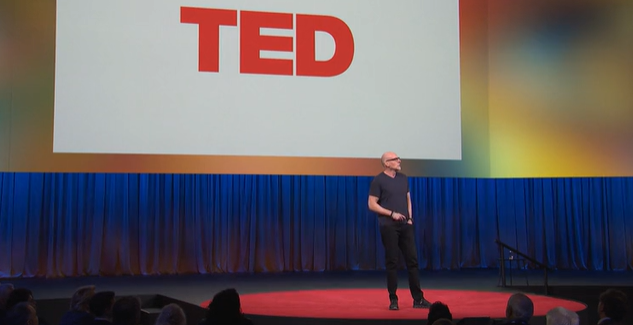Scott Galloway’s TED talk on the income disparity between generations raises key concerns for my children’s future. Homes once cost about four times the median household income; now, that figure exceeds seven times, putting homeownership, long a pillar of wealth-building, out of reach for many young adults.
For new college graduates, the gap is even wider: in 1987, homes were 4.4 times their income, but today, it’s 8.5 times, making it far harder for them to enter the housing market compared to past generations.
Death of the American Dream
Another concerning trend the Scott discusses is the decline in economic mobility. Less than 50% of today’s 30-year-olds earn more than their parents did at the same age – a first in American history. This statistic suggests that the long-held belief in each generation surpassing the previous one economically is no longer holding true for many young Americans.
What is more striking is that this trend pre-dates COVID and has been a sad but masked fact since the late 70s and early 80s.
One of the most striking social science findings of recent years is that only half of today’s 30-year-olds earn more than their parents.
Brookings Institute
Let’s Not Be Hopeless
By the time the true impact of rising inequality hits, most of us will be retired or gone, leaving our children to bear the burden. Today’s young adults are more likely than any previous generation to remain single, forgo having children, and face significant debt.
Yet, there is still hope through education and workforce development reform.
We can come up with a dozen actionable ideas without difficulty:
- (S) Support specialized worker groups that provide skill-based apprenticeships and mentorships. This isn’t about unionizing every shop but fostering opportunities for growth and learning.
- (G) Eliminate the capital gains tax deduction.
- (S) Expand access to early education for lower-income families, covering pre-K through K-12.
- (S) Increase grants for high-school trade programs and 2-year college mentorships.
- (G) Incentivize public schools to boost enrollment proportionate to educational costs while taxing private institutions that, as Scott Galloway aptly notes, “function like hedge funds that also offer classes.”
- (S) Enhance mental health support, particularly for young adults exposed to unprecedented levels of social engineering.
- (S) Raise wages and income for lower and middle-income families by increasing the minimum wage.
- (G) Support asset-building initiatives for working families, such as matched savings accounts or first-time homebuyer assistance.
- (G) Expand the Earned Income Tax Credit (EITC), especially for childless adults who face disadvantages in the current tax system.
- (G) Adjust capital gains tax rates to create a more progressive tax system.
- (S) Integrate personal finance education as a core part of the curriculum from elementary school through college.
- (S) Address structural barriers that hinder marginalized communities, focusing on education access, child care, and criminal justice reforms.
These solutions transcend partisan politics, with only about half requiring (G) government action. The rest call for (S) societal involvement at the local level, leveraging churches, worker unions, and charitable organizations for support and impact.
